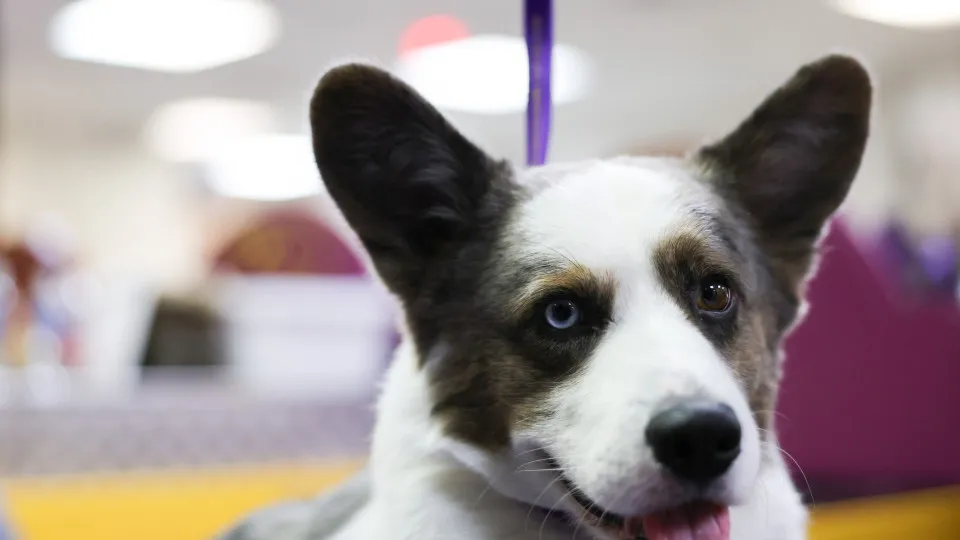Dogs don't usually come to mind when we think of animals under the risk of extinction. Though dogs in general are by no means under threat, some dog breeds actually are. Every year, millions of dogs are born, but some breeds are becoming rarer and, if the numbers continue to fall, they may well go extinct.
In this gallery, we look at the most vulnerable dog breeds that could go extinct. Click on—you might even discover a breed that you really like!



